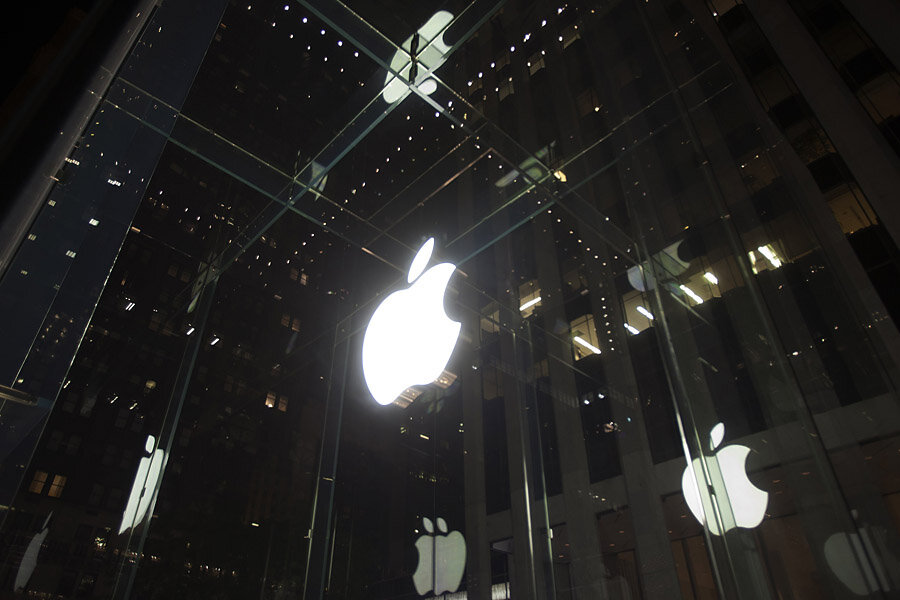iWatch from Apple may mean the end of plastic credit cards
Loading...
Sept. 9, 2014, may well mark the beginning of the end for the plastic credit card.
As we forecasted in June, there is a good chance Apple will announce a watch and/or phone on Tuesday that has the ability to replace your physical credit cards. Numerous sources on Thursday reported the new device could have an NFC (near field communication) chip and be an integral part of a new mobile payment system that Apple is getting ready to launch.
This could be the biggest revolution in financial payments since the credit card was introduced in 1946. It may very well replace the physical credit card. Mobile payments are nothing new and it is already possible to pay for coffee at Starbucks with the proper app and an NFC-enabled smart phone. However, the opportunities to use mobile payments are few and far between as there has been no unifying factor to convince merchants to accept mobile payments and no common payment system.
Enter Apple and its devices. In order to make mobile payments become universally accepted, there needs to be adoption by both consumers and retailers. It truly has been a chicken or the egg question of who would take the first major step.
Until now. Apple may have figured out how to create that universally-accepted mobile payment system.
Reports are widespread that Apple has worked out an agreement with MasterCard, Visa, and American Express to introduce a mobile payment system that will work with the iPhone and/or iWatch. An example of how the payment process would change was laid out in our June article:
You walk into a clothing store and pick up a pair of jeans. You approach one of 10 automated checkout computers. You scan the jean's bar code, and when the computer prompts you for payment, you simply hold your iWatch up to the console and let the Touch ID button on your iWatch verify your identity by scanning your fingerprint. Once you have been verified, the NFC chip securely passes your encrypted payment information to the checkout computer, it charges your account and prints you a receipt.
This transaction has eliminated the need to fumble through your wallet for a credit card, sign a credit card receipt, and deal with a young clerk who is on the phone with her boyfriend. What would have easily taken at least two minutes is now a 15-second event.
It is also substantially more secure. Currently, a crook can just steal and use your credit card number. Thieves can even buy stolen cards off the Internet. But with this method, they would have to remove the iWatch from your wrist, copy the skin off your finger with a high grade rubber or plastic while you stay completely still, then trick your phone into thinking the imprint is your fingerprint. A crook could do it, but they will need James Bond or Jack Bauer to pull it off.
The added security coming from your fingerprint could be introduced at a time when card breaches have become almost a daily occurrence. Consumers may be longing for this additional security of Apple's new mobile payment system.
But why would retailers invest billions of dollars in the new hardware systems required to make it all work? The answer might be found with the merchant fees – the interchange or swipe fees retailers pay to run a credit card transaction through the MasterCard, Visa, or American Express network.
Currently, those fees range between 2-3 percent for most retailers, but reports on Thursday indicated Apple had been able to get the networks to decrease those fees for its mobile payment system. That means Walmart, Targe,t and all other retailers could pay lower fees for routing a card transaction if it is run through the new Apple mobile payment system. That means more profit from each sale, which should subsidize paying for the new system. It is also possible Apple may use part of its large cash position to subsidize part of the cost of the new point-of-sale terminals that the retailers will need.
So we have one of the world's most recognizable brands, creating the most convenient and secure payment method, placing it on your wrist or smart phone, and then building a network to accept those payments that will be less expensive for retailers to implement.
This could be the beginning of the end for the plastic credit card.
– Bill Hardekopf is founder of Lowcards.com, an online credit-card information site.





